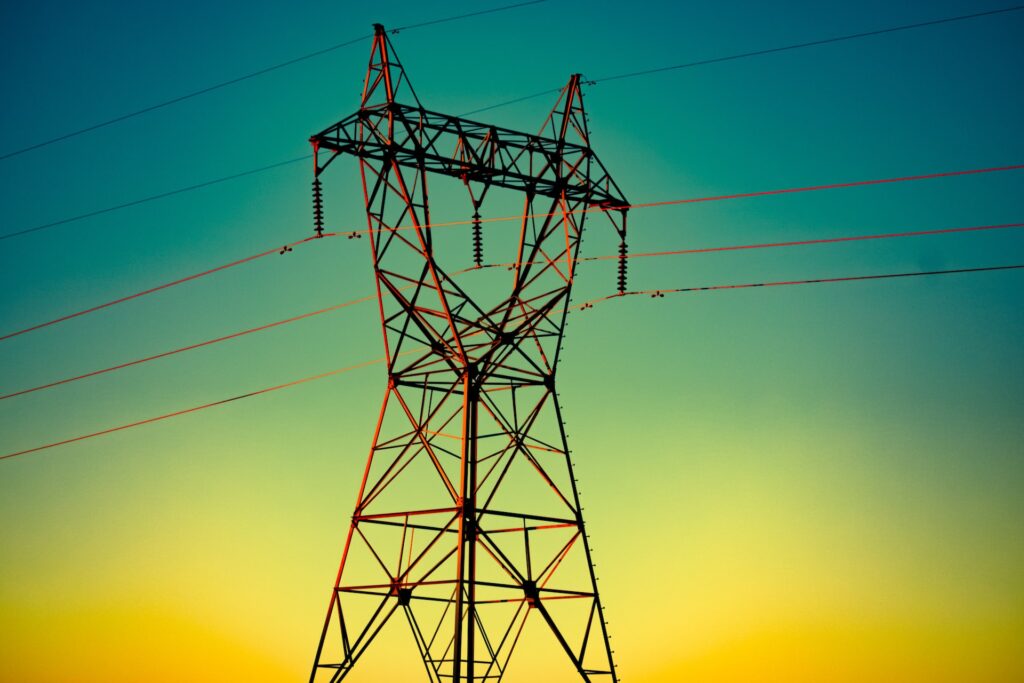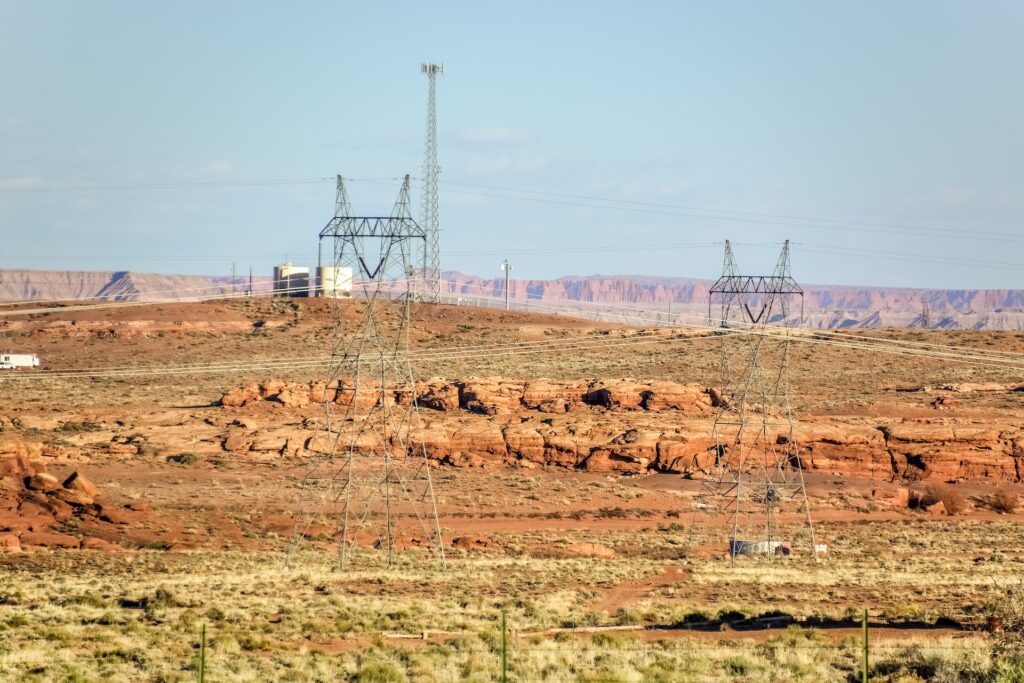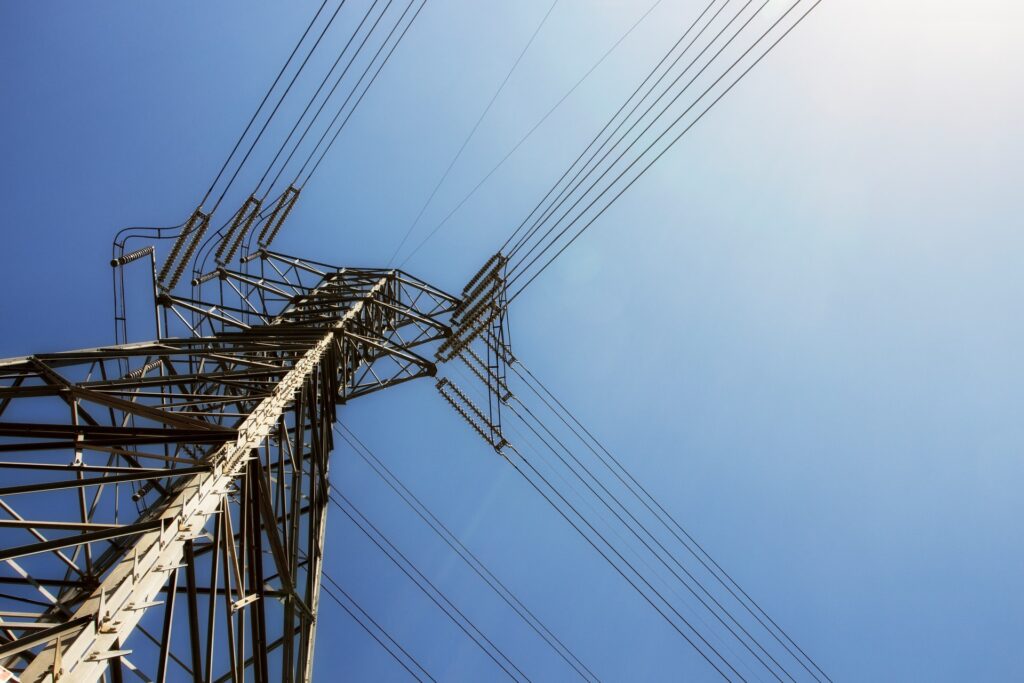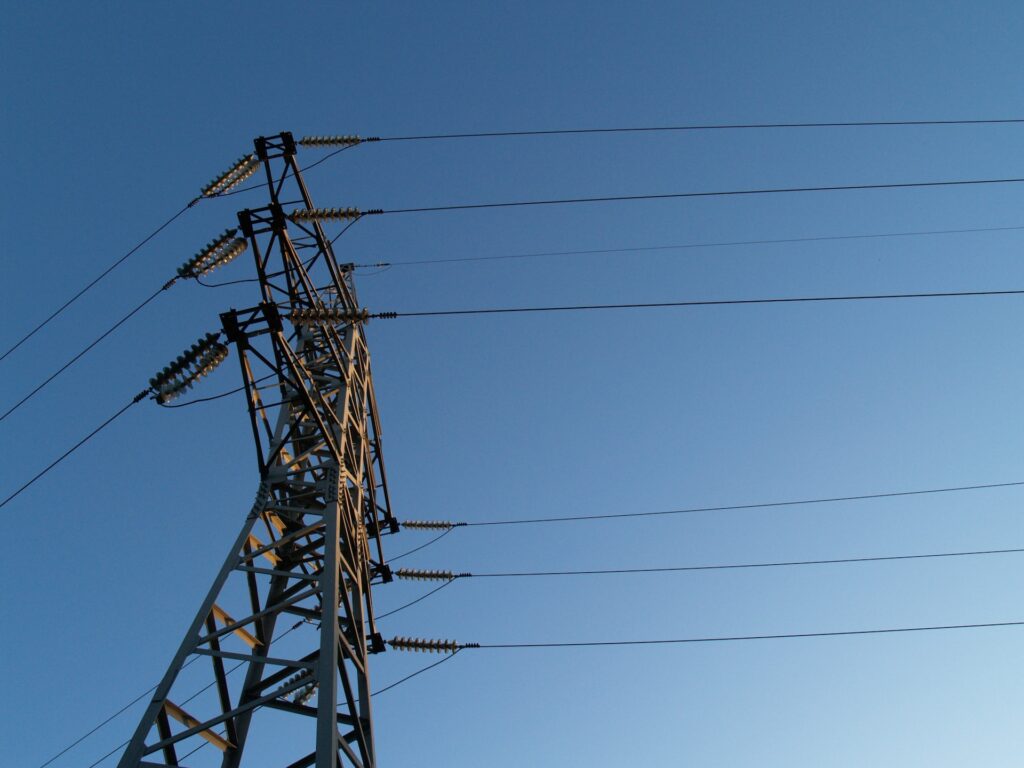Many of the problems in electrical installations are not visible and we notice them when we have a short circuit or we run out of electricity, a clear example of this is transients or voltage spikes. Also, we will see there is the risk of transient overvoltage in powerline construction.
What is transient overvoltage?
It is a phenomenon that occurs in the power supply network as an increase in the existing voltage; the duration time as well as its magnitude may be different in each of the times it is recorded.
If you understand the characteristics well, you can differentiate between transient overvoltages and voltage variations, which are completely different phenomena. However, in an electrical system it may be the case that both phenomena occur, so it is necessary to carry out a deeper study to determine which of the two is the most critical one, to avoid operating fault or equipment damage.
Transient overvoltage has different sources of generation and can be as simple as turning on a computer, connecting a cell phone charger or even the electronic ignition of a stove; since the generation of the phenomenon occurs within the houses-rooms in daily actions, these overvoltages are of low magnitude but, after all, they have repercussions on the other equipment connected to the electrical system. The most severe cases occur externally; A frequent case is when there is a place dedicated to welding or a small manufacturing workshop, next to the house; Within these premises, the operation of two-phase or three-phase motors is common, which upon start-up and subsequent stabilization of the operation produce overvoltage phenomena, among others.
These electrical power distortions, whether large or small, are sent directly to the main power lines. An interesting fact is that the grounding system can help to mitigate the phenomenon, but it is not enough to protect the connected equipment. When electronic devices such as screens, video players or sound equipment have faults other than those few years of use, the reason may be linked to the phenomena present in the power line.
Table of Contents
- How to protect ourselves in utility line construction services?
- What are the causes of overvoltages?
- The basic rules conformed by normal people
- What is transient in family appliance?
- What we should do to cope with the transient phenomena?
How to protect ourselves in utility line construction services?

When designing an electrical installation, normally, we are concerned with selecting the appropriate protection devices, considering only the appearance of possible defects within the system, such as overloads and short circuits.
We must remember that our facilities belong to or are associated with a public distribution system, a condition that obviously means that if for any reason there is an overvoltage in the power supply network, it could obviously damage the electrical equipment of our internal installation.
What are the causes of overvoltages?

We could consider that our electrical installations may see their integrity compromised due to two types of abnormalities: one of internal origin and the other of external origin. In the first one, we can find, for example, overloads, short circuits and insulation defects, while in the second one, in general, overvoltages are located.
The causes of overvoltages of external origin are varied, one of them being due to the impact of lightning on the distribution network of the electricity company in the sector.
It is considered that the lightning current and its effects can reach the installation through three access methods:
- Through all the power lines entering or leaving the building.
- On the ground as a result of its rise in potential.
- For all conductive closures and internal networks that may be the seat of induced voltages under the effect of the magnetic field generated by the lightning current.
The principle of protection against the indirect effects of lightning consists in preventing disturbing or even destructive energy from reaching devices and equipment.
The basic rules conformed by normal people

Protection principle The impulse voltage, due to lightning, runs the risk of propagating in an installation with its destructive effects. The overvoltage limiter will then behave like a true short-circuit for most of the energy on the utility line construction network. To be effective, the surge arrester must be connected with the shortest conductors possible.
It is recommended that the total length of the surge limiter circuit does not exceed 0.5 meters.
In theory, in a lightning strike, the voltage Ut applied to the receiver is equal to the protection voltage Up of the surge suppressor (by its I max), but in practice it is higher.
Indeed, we must add the voltage drops due to the impedances of the connection conductors of the overvoltage limiter and its protection device.
Installation of several surge arresters is often necessary when the distance between the surge arrester and the material is too great, and also when the suppression level of the main surge arrester is not sufficient, which is usually the case when it comes to protecting materials.
What is transient in family appliance?
Transients are brief but powerful overvoltages and overcurrents, with durations of up to 100 microseconds (as defined by ANS/IEEE C62). These can rise as high as 100,000 volts during extreme events such as lightning strikes, as high as 200,000 volts for switching in substations (external reasons), as high as 6,000V for switching inductive loads (electric motors), as damaging as 2,000 V in sources of power (internal reasons) that is, due to external and internal causes. These internal causes can add up to more than a million times per hour in very heavy industrial environments.
Transient suppressors insure the equipment against the damage caused by these anomalies of great magnitude and short duration that are generated in the electrical network as a result of natural phenomena such as atmospheric discharges, or operations such as maneuvers in electrical substations, switching of inductive loads, power supplies and electronic equipment with semiconductors.
What we should do to cope with the transient phenomena?
Before, or at the same time as, making a revision, you must make sure that the electrical installation has a grounding conductor, since the transient suppressors take the distortions of the voltage signal and lead them to ground.
